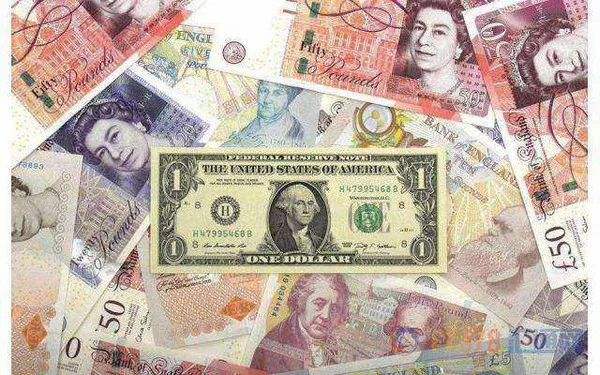The British Pound Sterling, often referred to as GBP, is one of the oldest and most influential currencies in the world. Its origins can be traced back centuries, and the name “Sterling” has become synonymous with the currency. But have you ever wondered why it is called Sterling? In this article, we delve into the historical roots and evolution of the term “Sterling” in relation to the British Pound, exploring its linguistic, economic, and cultural significance.
Historical Origins of the Term “Sterling”
The term “Sterling” has deep historical roots that harken back to medieval times. Its origin can be traced to the Norman Conquest of England in 1066 when William the Conqueror brought with him a system of silver pennies. These coins were known for their high quality and consistent silver content, making them widely accepted and trusted in trade.
The word “Sterling” itself is derived from the Old Norman French term “esterlin,” meaning little star. The use of this term gained prominence during the 12th century when Henry II introduced a new silver penny, which bore a small star on the reverse side. This distinctive feature set the coin apart and contributed to the widespread recognition and acceptance of the currency.
As trade and commerce continued to flourish, the term “Sterling” became associated with coins of high quality and reliability. The English sovereigns recognized the importance of maintaining the integrity of their currency, and the Pound Sterling emerged as a symbol of stability in the financial landscape.
The Pound as a Unit of Currency
The association of the term “Sterling” with the British Pound continued to solidify as the currency evolved into a unit of account. The Pound was originally a unit of weight for silver, representing a pound of sterling silver. The adoption of the Pound as the official currency of England in 1158 further entrenched its role in commerce and trade.
During the reign of King Henry VII in the 16th century, the Pound Sterling became the official currency of the Kingdom of England. The term “Pound” itself has roots in the Latin word “pondus,” meaning weight, highlighting the currency’s historical connection to silver as a unit of weight.
The Incorporation of the Term “Sterling” in Official Usage
The use of the term “Sterling” gained official recognition when it was incorporated into the Royal Mint’s regulations in the 19th century. The Coinage Act of 1816, also known as the Great Re-coinage, standardized the currency and established the Pound Sterling as the official name. The Act explicitly mentioned the Pound as the “Pound Sterling,” solidifying the term in legal and financial contexts.
This official recognition further emphasized the currency’s stability and reliability, boosting confidence in its use in both domestic and international trade. The term “Sterling” became an integral part of the currency’s identity, symbolizing not only its silver heritage but also its standing as a trustworthy medium of exchange.
Global Impact and Recognition
As the British Empire expanded its influence across the globe, so did the Pound Sterling. The currency became a cornerstone of international trade and finance. Its widespread acceptance and stability made it the preferred currency for transactions beyond the borders of the United Kingdom.
The global recognition of the term “Sterling” in reference to the Pound reinforced its reputation as a currency of high quality and value. Traders and merchants worldwide came to associate the Pound Sterling with reliability and consistency, further cementing its place in the international financial system.
Modern Significance of the Term “Sterling”
In the modern era, the Pound Sterling has undergone various changes, transitioning from a commodity-backed currency to a fiat currency. Despite these transformations, the term “Sterling” has retained its historical significance and continues to be used interchangeably with GBP.
The use of “Sterling” in contemporary times reflects the enduring legacy of the currency and its historical ties to quality and reliability. The Bank of England, the central bank responsible for issuing banknotes, maintains the tradition of featuring the monarch’s portrait on the front of banknotes, emphasizing the currency’s connection to the sovereign.
See also Is UK money backed by gold? A Closer Look
Conclusion
In conclusion, the term “Sterling” in the context of the British Pound has a rich and fascinating history that dates back to medieval times. Its origin in the Norman Conquest, association with high-quality silver coins, and subsequent incorporation into official regulations have all contributed to its enduring significance.
The Pound Sterling, with its historical roots and global recognition, stands as a testament to the stability and resilience of the British currency. The term “Sterling” serves not only as a name but as a symbol of trust and reliability, reflecting the currency’s journey from medieval coins to a global powerhouse in the modern financial landscape.


